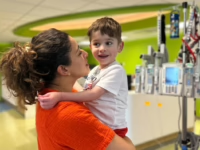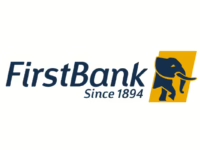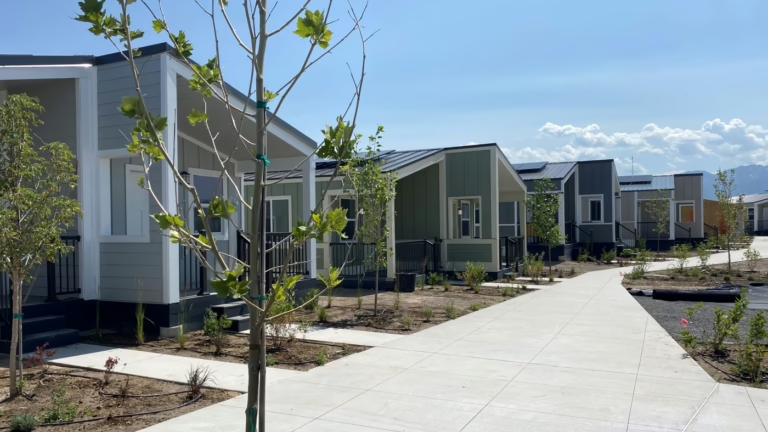The Other Side Village constructs small cottages in Salt Lake City as part of its initiative to support individuals experiencing chronic homelessness. The organization also operates enterprises to offer employment opportunities to its residents.
Jennifer Ludden/NPR
hide caption
toggle caption
Jennifer Ludden/NPR
MURRAY, Utah – On a typical weekday morning, around twenty individuals who have previously experienced homelessness gather in a modest room at The Other Side Village, located near Salt Lake City.
Melissa Hepworth, a resident and peer supporter, opens the session by asking, “How have you been feeling since our last gathering?” She candidly shares that she has been “struggling with some feelings of shame.”
All attendees have endured chronic homelessness, often living outdoors for nearly a decade while battling serious addiction or mental health challenges. These individuals represent some of the most vulnerable populations, and The Other Side Village has focused its efforts on assisting them since its inception two years ago.
“When someone has lost the ability to work, connect with others, solve everyday problems, or manage money, rebuilding those skills requires significant effort,” explains Joseph Grenny, co-founder of The Other Side Village.
Across the United States, there is a critical shortage of housing and treatment programs tailored for the homeless, sparking debates about priorities. For instance, former President Trump advocated for mandatory treatment approaches.
The Other Side Village offers a comprehensive program combining temporary housing, rehabilitation, mental health care, and skill-building education. Participants begin in a preparatory school designed to reacquire essential life skills. Sobriety is mandatory, and residents must maintain employment.
The Village operates several businesses to provide job opportunities. After spending six to twelve months in the program, residents vote to determine when a participant is ready to “graduate.” Graduates then move into permanent housing-tiny cottages currently being constructed by the Village.
“We believe that people transform when placed in an environment that holds them accountable,” Grenny says. “Achieving difficult goals fosters self-esteem and personal growth.”
Peer Coaches Who Understand the Journey
Morning meetings foster a sense of community, which is a vital component of the healing process. Patricia Jean Martin, a resident, describes the experience as “starting fresh with people I can truly trust, be honest with, and hold myself accountable to.”
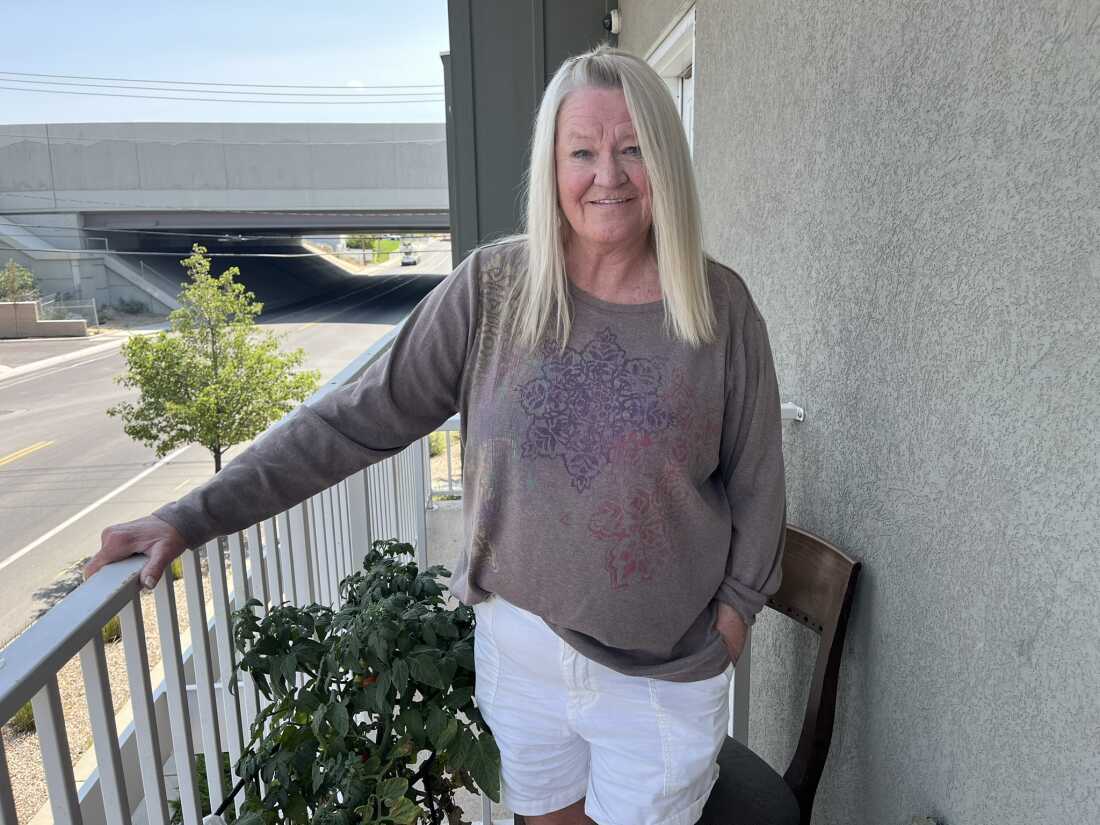
Patricia Jean Martin enjoys a new beginning living at The Other Side Village, where she finds trust and community.
Marisa Peñaloza/NPR
hide caption
toggle caption
Marisa Peñaloza/NPR
However, this transformation demands commitment. “You must accept feedback, work on yourself, and adjust your behavior,” Martin notes. “Failure to do so results in removal from the program.”
To guide residents through these challenges, The Other Side employs coaches who have personally experienced homelessness.
Jackie Tress, a coach, shares her story: “I was introduced to drugs by a family member’s partner when I was about nine or ten. After a car accident, I was prescribed painkillers, which led to a downward spiral. I lost my home and my daughter, living on the streets and cycling through jail.”
“Each arrest felt like a turning point, and I was offered help,” she recalls. “But once back on the streets, I reverted to old habits.”
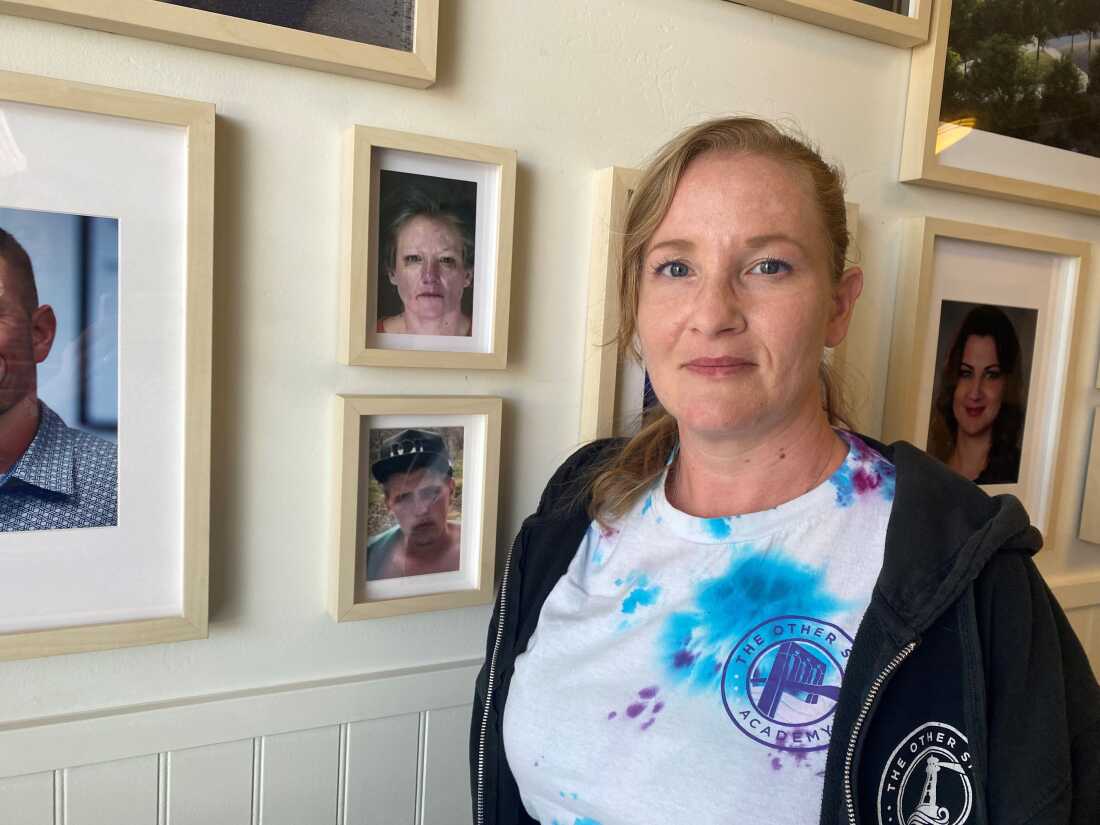
Jackie Tress, a coach at the prep school, stands next to a photo of herself from when she first escaped homelessness.
Jennifer Ludden/NPR
hide caption
toggle caption
Jennifer Ludden/NPR
Her life took a turn after completing The Other Side’s program, where she was inspired by a director who had also overcome homelessness and addiction. “Seeing her strength and purpose made me believe I could do it too,” Tress says.
The prep school’s common area displays photos of coaches during their early recovery, including Tress’s own worn and weary image, a stark contrast to her current self.
A Unique Approach to Chronic Homelessness
Initially launched ten years ago to help individuals with extensive criminal histories reintegrate into society, The Other Side expanded its mission to focus on chronic homelessness.
This condition is characterized by individuals with disabilities-such as addiction or mental illness-who have been without stable housing for at least a year continuously or repeatedly over several years. Last year, the U.S. recorded a historic peak of over 150,000 chronically homeless people, most living outdoors.
Dennis Culhane, a homelessness researcher at the University of Pennsylvania, explains, “Recovering from substance abuse while homeless or in shelters is extremely difficult.”
He points out that many shelter programs only provide overnight accommodation, leaving individuals without support during the day. These programs often lack structure, employment opportunities, and have high dropout rates. Residential rehabilitation is scarce and typically accessible only to those with private insurance or the ability to pay.


Culhane remarks, “The Utah program offers services rarely accessible to homeless individuals. It’s quite exceptional.”
For a fortunate minority, federally funded permanent supportive housing provides addiction and mental health treatment, but participation is voluntary. Culhane notes, “While this suits many, it doesn’t fit everyone’s needs.”
“In a New York City study, about 30% of participants preferred a clean and sober environment. We need a variety of options,” he adds.
However, the model used by The Other Side Village is costly and may be challenging to expand, especially since its sobriety and employment requirements exclude federal funding eligibility.
The initiative aims for financial independence through its business ventures but has so far relied on donations and several million dollars in state grants. Additionally, it leases a substantial parcel of city-owned land for a nominal fee of one dollar annually.
Building Sustainable Community and Employment
On a broad, open plot in Salt Lake City, Preston Cochrane, CEO of The Other Side Village, stands beside rows of newly built tiny homes. Sixty cottages are completed, housing the first graduates from the prep school who moved in less than a year ago. Plans include doubling prep school enrollment and constructing hundreds more cottages in the coming years.
“We have on-site coaches living alongside residents, similar to the prep school setup,” Cochrane explains. “There’s a neighborhood council and regular meetings. It’s a nurturing community that many come to see as family.”
While there is an income cap, residents may remain indefinitely.

A health center is under development, set to provide mental health care and dental services, alongside a grocery store-both designed to offer employment to residents.
Cochrane emphasizes, “Every resident here maintains sobriety, pays rent, and holds a job.”
Jennifer Davis cherishes her tiny home and her role as wholesale logistics manager at The Other Side Donuts, a vibrant and colorful shop. “People often react with surprise and delight,” she says. “It’s a bright spot in the community.”
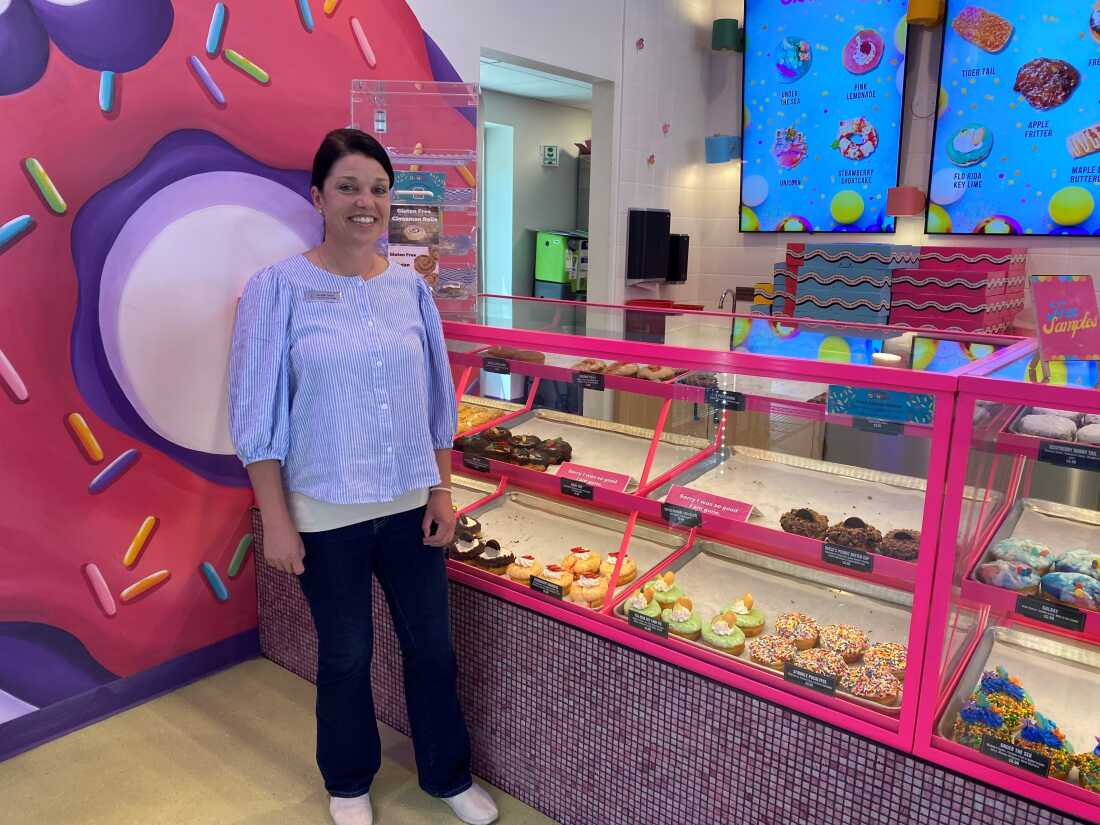
Jennifer Davis, a resident, serves as the wholesale logistics manager at The Other Side Donuts. “It shows me I can rebuild my career and that my past choices don’t define me,” she says.
Jennifer Ludden/NPR
hide caption
toggle caption
Jennifer Ludden/NPR
Davis once held a professional career and owned a condominium but spent years disconnected from housing, family, and friends. Now, as the logistics manager at the donut shop, she embraces the opportunity to rebuild her life.
“This proves to me that I can succeed professionally again,” she reflects. “My past doesn’t have to dictate my future. I can be a capable leader.”











